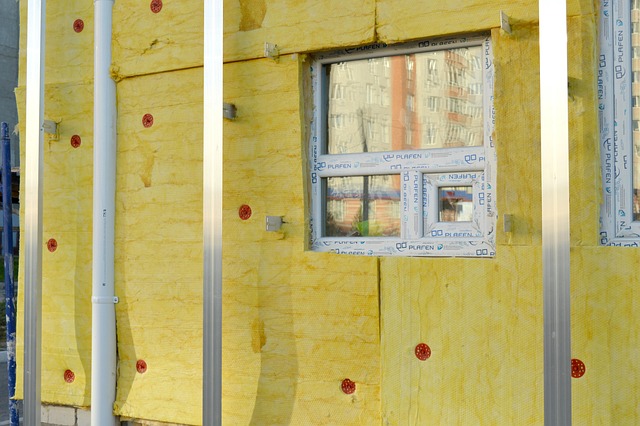In the evolving landscape of home entertainment, audio and visual experiences are increasingly intertwined. As streaming platforms expand beyond music to encompass video, interactive media, and immersive soundscapes, the need for synchronized and responsive display technology has become paramount. Deezer, a leading music streaming service known for its vast catalog and sophisticated audio algorithms, has stepped into this arena by introducing a new suite of visual enhancements that work seamlessly with modern television monitors. The initiative reflects a broader trend in audio technology where sound quality and visual fidelity are treated as complementary facets of a unified sensory journey.
From Audio Streaming to Visual Storytelling
Historically, Deezer has focused on delivering high-resolution audio streams, leveraging technologies such as HiFi, FLAC, and advanced psychoacoustic modeling to create lifelike listening experiences. The platform’s recent venture into visual content is not a sudden pivot but an extension of its core mission: to bring richer, more immersive media into everyday life. By partnering with leading display manufacturers, Deezer has developed algorithms that translate audio cues into dynamic visual patterns, allowing viewers to witness the rhythm of their favorite tracks reflected on the screen behind them.
- Real-time waveform mapping that adapts to tempo and dynamics.
- Color palettes that shift with key changes and vocal intensity.
- Depth‑based lighting effects that synchronize with surround sound cues.
Technical Foundations of Deezer’s Visual Layer
The core of Deezer’s visual enhancement lies in a proprietary audio‑to‑visual translation engine. The engine processes the audio stream on the device level, extracting features such as beat frequency, spectral peaks, and amplitude envelopes. These metrics are then fed into a graphics pipeline that generates real‑time shader programs. The output is rendered directly onto the television’s display buffer, ensuring that visual updates occur within the same frame cycle as the audio playback.
“The key to a seamless experience is low latency,” says Lead Audio Engineer at Deezer. “Our algorithms operate in microseconds, so viewers see the visual response almost instantly, maintaining the illusion of a single, cohesive medium.”
Integration with Modern Smart TVs
Deezer’s visual suite is designed to work across a spectrum of smart TV platforms, from Android TV to proprietary ecosystems such as LG’s webOS and Samsung’s Tizen. The integration is achieved through a lightweight SDK that developers can embed into their TV firmware. Once installed, the SDK exposes a set of APIs that allow the television’s graphics subsystem to receive audio metadata from the Deezer app and adjust display parameters accordingly.
- Device registration: The TV authenticates the Deezer client and obtains a token for secure data exchange.
- Audio metadata stream: The Deezer app streams real‑time audio fingerprints to the TV’s rendering engine.
- Shader activation: The TV compiles and applies custom shaders that react to the incoming data.
- Synchronization lock: A timing protocol ensures that visual updates are aligned with the audio buffer, preventing drift.
Display Technology Meets Audio Science
One of the standout aspects of Deezer’s partnership with display manufacturers is the utilization of high‑refresh‑rate panels. Many contemporary TVs now feature 120Hz or even 240Hz displays, which greatly reduce motion blur and increase the fidelity of rapid visual changes. Deezer takes advantage of these high refresh rates by pushing more frequent visual updates, creating smoother transitions that mirror subtle changes in the music’s dynamics.
In addition, color accuracy and wide‑gamut support are critical for delivering faithful reproductions of the visual palette generated by Deezer’s engine. TVs equipped with Quantum Dot or OLED panels provide the necessary color depth and contrast ratios, ensuring that the visuals are not only responsive but also visually stunning.
User Experience: Seeing Music Like Never Before
For many users, the new visual layer transforms a conventional listening session into an engaging multi‑sensory event. When a deep bass drop occurs, a corresponding visual pulse ripples across the screen, creating a hypnotic effect that reinforces the emotional impact of the music. Vocal passages are accentuated by soft, flowing light that gently sways in sync with melodic phrasing.
Users can customize the visual style through a simple interface in the Deezer app. Options range from minimalist waveform overlays to more elaborate particle systems that respond to high‑frequency content. The customization engine is designed to be intuitive, allowing even non‑technical users to experiment with visual settings without compromising audio quality.
Case Study: Live Concert Streaming
To evaluate the effectiveness of the visual layer, Deezer collaborated with a live music festival to stream performances directly to smart TVs. Participants reported heightened immersion, noting that the visual cues helped them stay engaged throughout lengthy sets. The live data feed required robust network handling; Deezer’s adaptive streaming algorithms adjusted the visual rendering resolution on the fly to accommodate varying bandwidth, ensuring that neither audio nor visual components suffered from packet loss.
Future Directions: Beyond Music
While Deezer’s current focus remains on music, the underlying technology is readily adaptable to other audio‑driven media such as podcasts, audiobooks, and even live radio. By extending the visual engine to interpret speech patterns and tonal shifts, Deezer could offer listeners contextual visual cues that enhance comprehension and retention.
Furthermore, the integration of spatial audio rendering—such as Dolby Atmos or MPEG‑D Spatial Audio—opens the door to three‑dimensional visual effects. Imagine a stereo field that not only moves sound from left to right but also creates a visual trajectory on the screen, guiding the viewer’s eye in tandem with the auditory shift.
Closing Thoughts
The convergence of audio technology and display innovation marks a significant milestone in home entertainment. Deezer’s initiative exemplifies how a music streaming platform can transcend its traditional boundaries, creating a more holistic experience that engages multiple senses simultaneously. By marrying high‑fidelity audio with responsive visual rendering, Deezer is redefining the way we consume media on the television screen—turning every song into a living, breathing event that captivates both ears and eyes.



